The original title of this picture, taken with a Yashica Zoomate 105, was ‘When the wait to see the doctor is too long’, and it was intended to illustrate how the ‘framing’ of an image within a particular concept changes – or creates from scratch – its overall meaning. In this particular case, I photographed a kinesiologist’s waiting room, where the presence of a dummy skeleton, though perhaps tasteless, made perfect sense. I then shifted the meaning of the image by associating it, through a caption, with the common belief (at least in Italy) that it takes a very long wait to be seen by a public health service doctor. However, when a friend of mine saw it, he commented: ‘Is this made by AI? Making a pun with my initials, I replied, ‘No, it is not AI, it is AM’.
Joking aside, what he got me thinking was that this image could not have been further from being AI-generated: it was shot on film, with a twenty-year-old point-and-shoot camera loaded with a fifteen-year-old Ilford HP5 400 roll, yet it fooled a human into believing it was entirely artificial. There is an irony in this: people today complain about not being able to distinguish artificial reality from ‘real’ reality. Actually, though, they seem incapable of distinguishing the latter from the former. Or rather, it looks like people want to sever the link between reality and its perception, as shown by the recent videos shared online of people using Apple’s AR headset, and predicted by Neal Stephenson in his prescient 1999 essay ‘In the beginning was the command line’.
So here comes the point: does autenthicity matter in photography?
Well-known smartphone manufacturers have been heavily criticised for ‘doctoring’ photos taken with their devices, to the point of allegedly superimposing pre-recorded stills on the actual shot, or aggressively editing the image before making it available. The ‘accusation’ is that allowing a piece of software to act on behalf of the photographer, without the photographer having any say in the matter, compromises the overall ‘sincerity’ of the final image. On the other hand, camera manufacturers have just (re)launched a campaign to embed a specific piece of software in the firmware of their devices, which will allow the recipient to determine the originality of the file as recorded by the sensor.
Does all this make pictures taken with (some) smartphone ‘fake’ and those taken with (some) camera ‘authentic’? Not very, at least if we don’t define what the word ‘authentic’ is supposed to mean.
As a matter of fact, there is no such thing as an ‘authentic’ photo because the inner meaning of the act of shooting is to capture a portion of reality that only exists in the eye – and therefore, in the mind – of the photographer. The choice of a specific focal length, aperture, shutter speed, composition, timing of the shutter release etc. is what makes a photo different from the reality it tries to capture. One may push the argument further and dare to say that photos are by no means ‘real’ as there is no way to match them with an objective reference image. So if the photographer’s goal is to produce an image that has purely aesthetic value or is meant to convey a message, then the ‘authenticity’ argument is simply meaningless, because what matters is the end result, not the process.
Things are more complicated when the photographer’s goal is to document a fact with the intention of telling the world about it. This is an issue for media professionals, but also for people who are not journalists or reporters, but who share what they (think they) see and capture with a device. In this context, the ability to prove that an image has not been manipulated or is a complete fake is certainly important. However, it does not prevent a staged photo from being recorded in an unalterable file, or the overall effect of a photo from being altered simply by using an extreme point of view and/or heavy post-processing such as HDR.
In short, the authenticity of a photograph is a matter of deontology, not technology. So, the debate about AI as a creation or post processing instrument, which questions the role of photography as a tool to ‘witness’ facts, should be seen from a different angle. It should explore, for example, the need for a photo that captures an event to be accompanied by the context of the shot, a statement of intent that influences the decision to take (or select, in the case of ‘spray-and-pray’ shots) a particular photo, and the details of the post-processing applied to the image.
These conclusions are in no way a ‘call to action’ or a request to place a legal burden on the shoulders of photographers. They are simply a contribution to the ongoing debate on a controversial subject that often focuses more – or solely – on the technology rather than the people who use it.
Share this post:
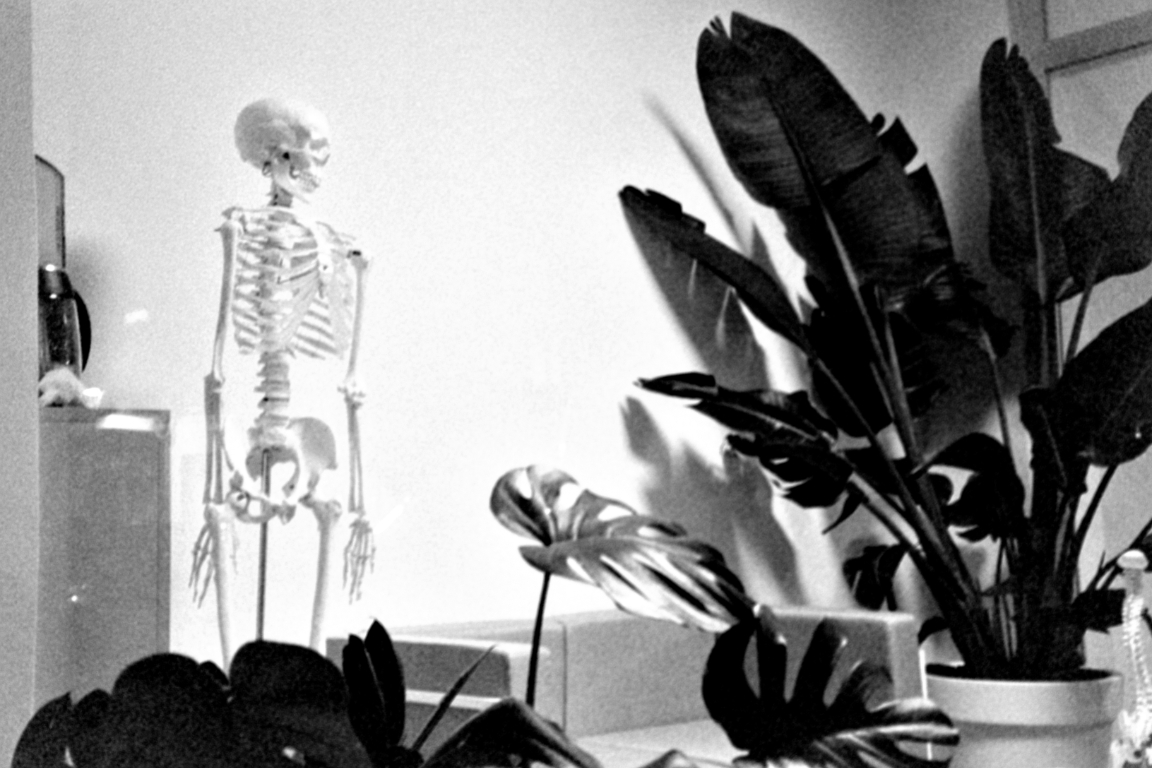
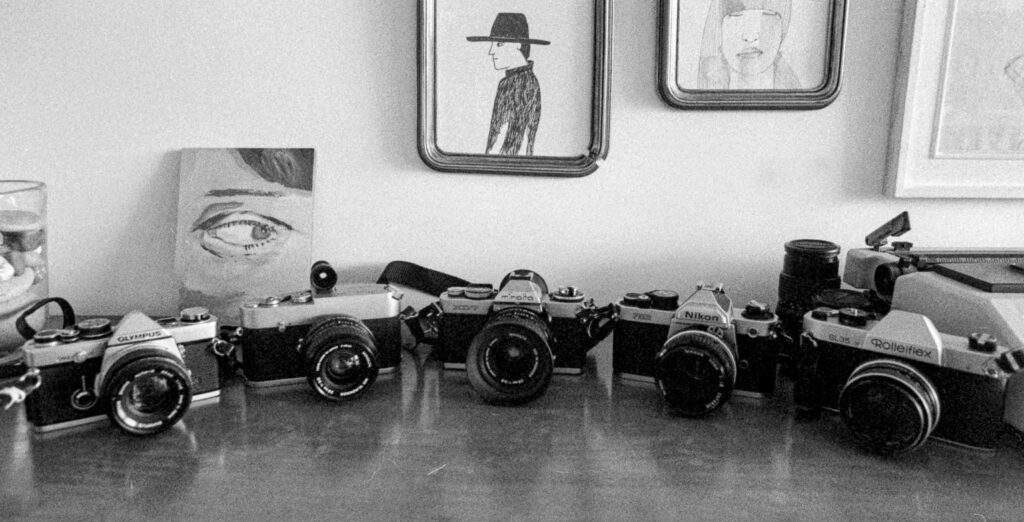
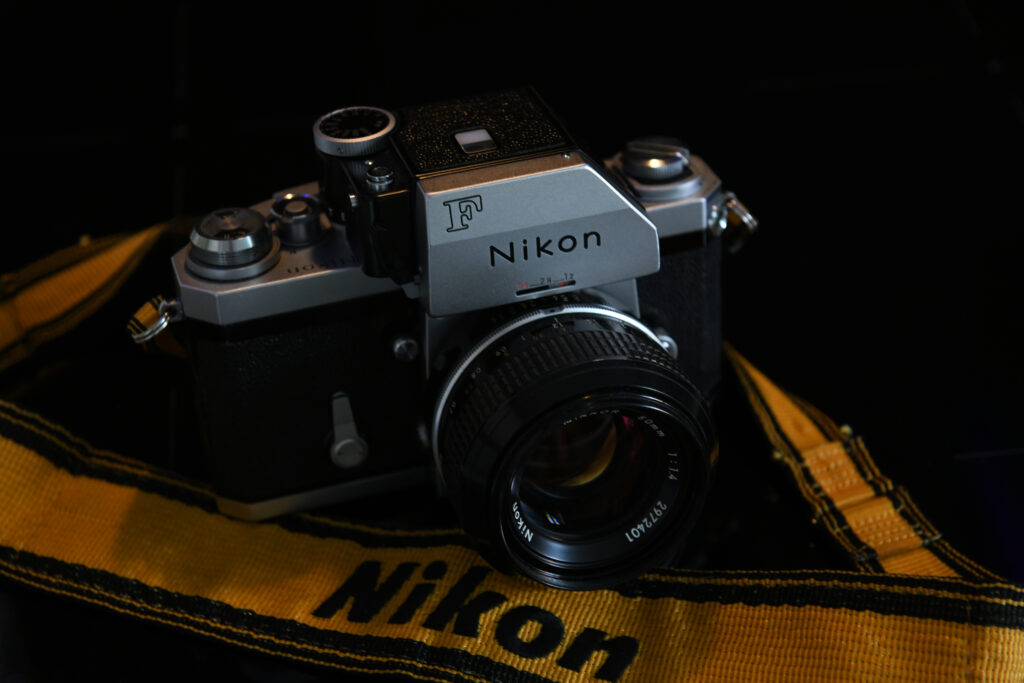
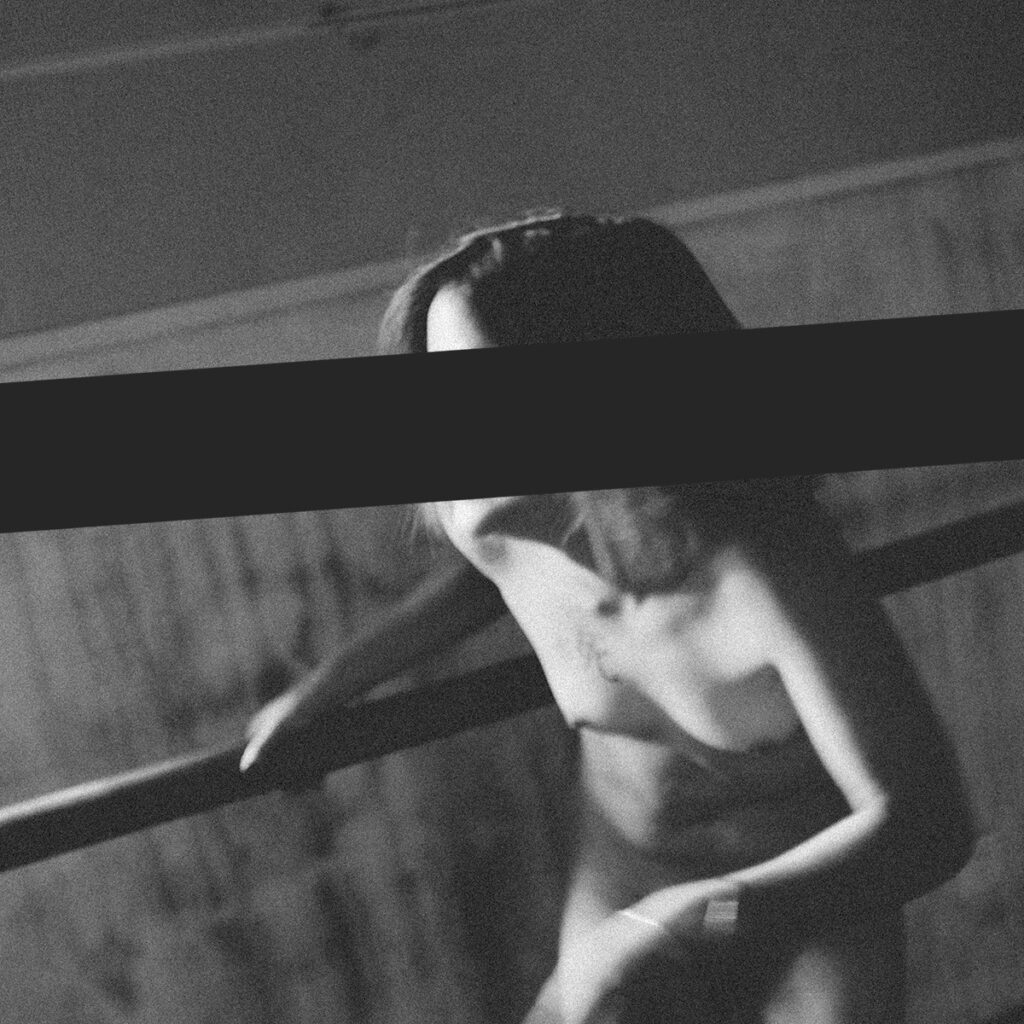
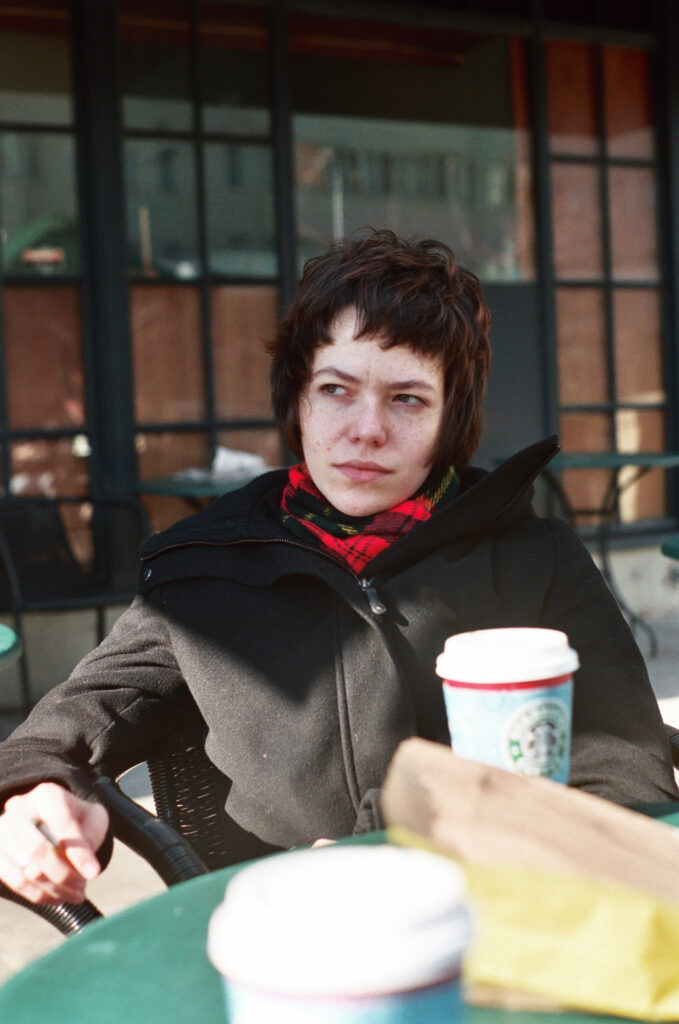




Comments
murray leshner on AI or not AI? or: on authenticity and photography
Comment posted: 21/03/2024
So, as you say, definitions & boundaries affect the interpretation.
Comment posted: 21/03/2024
Steviemac on AI or not AI? or: on authenticity and photography
Comment posted: 21/03/2024
Stefan Wilde on AI or not AI? or: on authenticity and photography
Comment posted: 21/03/2024
Marco Andrés on AI or not AI? or: on authenticity and photography
Comment posted: 22/03/2024
You’ve brought up a provocative point.
In psychology, the “framing effect” is a cognitive bias in which people decide between options based on whether the options are presented with positive or negative connotations. Example: “Half-full” vs “Half-empty". See Wikipedia for more info.
In the media, “framing” is the process of carefully constructing a message to achieve a deliberate effect on the receiver.
Consider Edward Bernays whose best-known campaign included a 1929 effort to promote female smoking by branding cigarettes as feminist “Torches of Freedom”. That’s certainly framed smoking for women.
Consider “The Treachery of Images”, a painting by René Magritte depicting a smoking pipe with the text “This is not a pipe” in French.
This concept of framing applies to photography as well, you can take the same scene and deliver a different framing depending on the vantage point, the recording medium and the rendering engine and post-processing [example – cropping]. The framing then changes again when the image is placed in another context (among other images and/or text).
And that doesn’t take into account the viewer, who brings another set of frames with which to view the image includingl their cognitive biases.
Paul Quellin on AI or not AI? or: on authenticity and photography
Comment posted: 22/03/2024